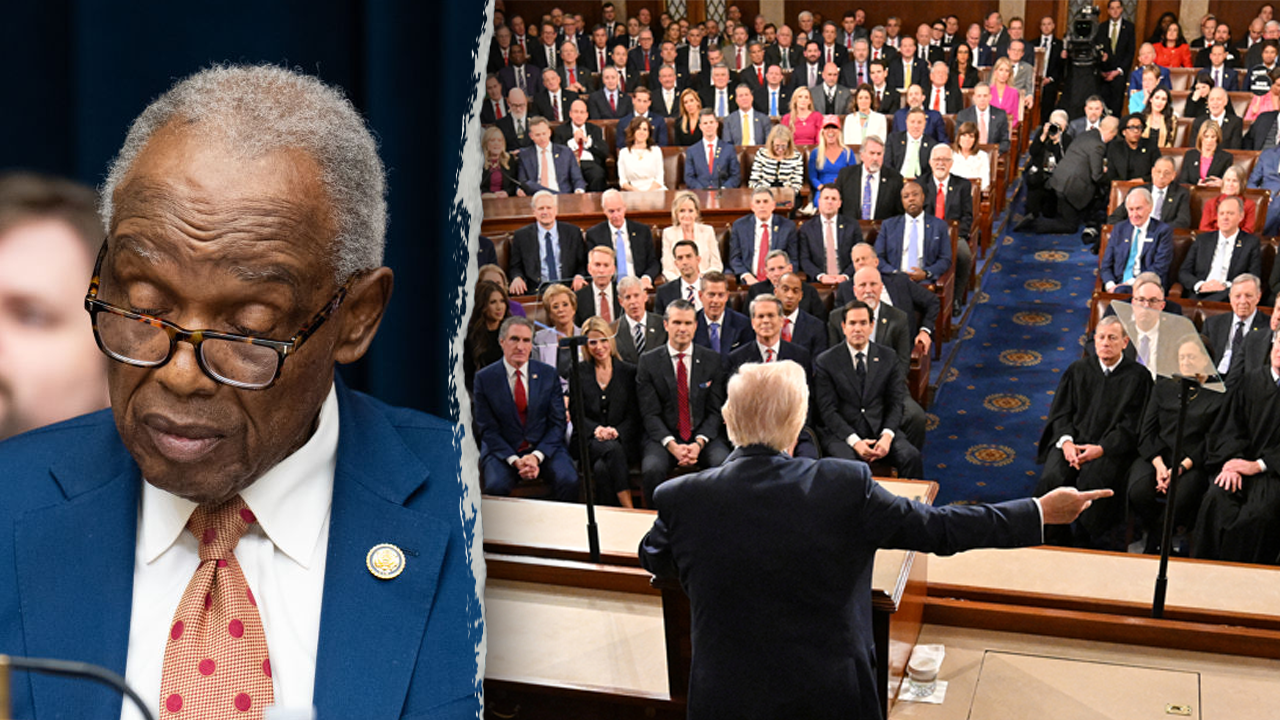South Korea suspended a no-fly zone on the border with North Korea on Wednesday, paving the way for it to resume surveillance flights there a day after the North successfully placed its first military spy satellite into orbit.
North Korea said on Wednesday that the rocket that lifted off a day earlier from its Tongchang-ri space launching station “accurately” put the satellite in orbit. The North’s state media devoted full front-page coverage to the launch, which came after two previous satellite launches, conducted in May and in August, failed because of rocket malfunction.
North Korea’s leader, Kim Jong-un, later visited the National Aerospace Technology Administration in Pyongyang and saw aerial photos that the satellite took of Andersen Air Force Base and other American military facilities on the Western Pacific island of Guam, the North’s official Korean Central News Agency reported.
The Malligyong-1, the North’s first homemade military spy satellite, will formally start its reconnaissance mission on Dec. 1 after several days of fine-tuning, the news agency said.
It reported that during the visit, Mr. Kim called on his country to launch more reconnaissance satellites so that its military can have “‘eyes’ overlooking a very long distance,” as well as “a strong ‘fist’ beating a very long distance,” in an apparent reference to the North’s growing arsenal of nuclear missiles.
When North Korea placed experimental scientific satellites into orbit in 2012 and again in 2016, it claimed that the devices were broadcasting “revolutionary” songs from space. But Western officials said they could not detect any signals coming from the satellites and that they eventually tumbled off their orbit, disintegrated.
On Wednesday, the South Korean military acknowledged that the North succeeded in placing Malligyong-1 in orbit. But it said it needed more analysis to determine whether the satellite was functioning normally. It was too early to determine whether the Malligyong-1 was able to open its solar panels to charge its battery and then send signals and images to its ground station, said Chang Young-keun, a professor at Korea Aerospace University just outside Seoul.
Still, governments in Washington, Tokyo and Seoul have all condemned the launch as a violation of multiple United Nations Security Council resolutions that ban North Korea from launching space rockets. The nuclear-armed North has repeatedly been accused by Washington and its allies of using its space program as a cover for developing long-range ballistic missile technologies.
When Mr. Kim watched the rocket launching at Tongchang-ri on Tuesday, he was accompanied by senior officials in charge of the North’s nuclear and missile programs — including Jang Chang Ha, the general director of the North’s General Missile Bureau.
In response to the Malligyong-1 launch, South Korea moved swiftly to nullify part of the agreement it signed with North Korea in 2018 to ease military tensions. The deal had established a no-fly zone along the inter-Korean border and banned aerial surveillance flights and live-fire military drills there.
South Korea said on Wednesday it would no longer abide by the no-fly zone or the ban on frontline surveillance flights.
President Yoon Suk Yeol’s conservative government has often threatened to scrap the deal, saying that the agreement undermined its ability to closely monitor the North’s capabilities for a surprise attack and that the North repeatedly flouted the deal by conducting artillery drills near the border.
“North Korea has made it clear that it is not interested in easing military tensions on the Korean Peninsula or in living up to the military agreement to build trust,” Prime Minister Han Duck-soo of South Korea said on Wednesday.
The Malligyong-1 was believed to have only rudimentary functions as a spy satellite, unable to deliver the kind of high-resolution imagery that countries like the United States get from their satellites, according to the officials who studied the debris from the failed launch in May.
North Korea is believed to have received technical help from Russia in preparing for Tuesday’s launch, according to South Korean officials, but there has not been enough time for the North to build a new, better satellite since its last failed launch in August, said Mr. Chang. The North could improve the satellites it planned to launch in the future, he added, if Russia helps it acquire sensors, computers and other satellite equipment.
Military cooperation between North Korea and Russia has accelerated since Mr. Kim met with President Vladimir V. Putin in the Russian Far East in September.
A fully functional military satellite capability would give North Korea real-time information about U.S. and South Korean military activities on the peninsula, according to Victor Cha and Ellen Kim, both Korea experts at the Washington-based Center for Strategic and International Studies.
“This could also afford North Korea progress in fielding a survivable nuclear deterrent,” they wrote. “At the same time, this could also show North Korea that its professed claim of an imminent attack by the United States and South Korea is not a reality, and this could help stabilize the peninsula.”





